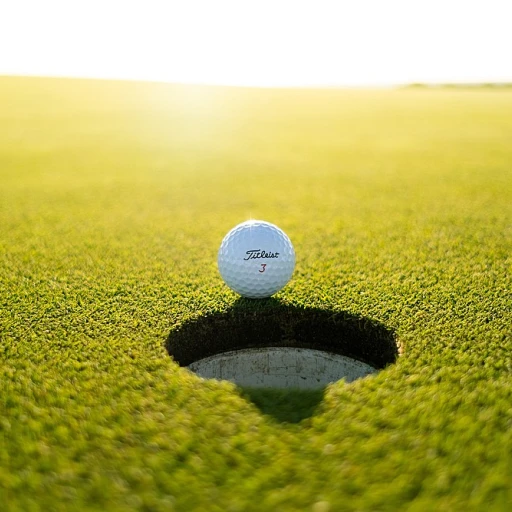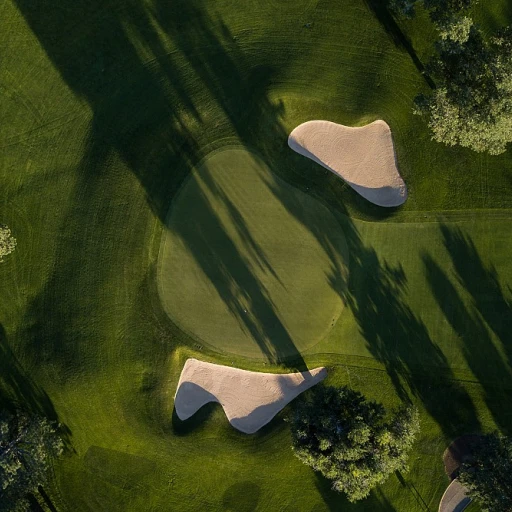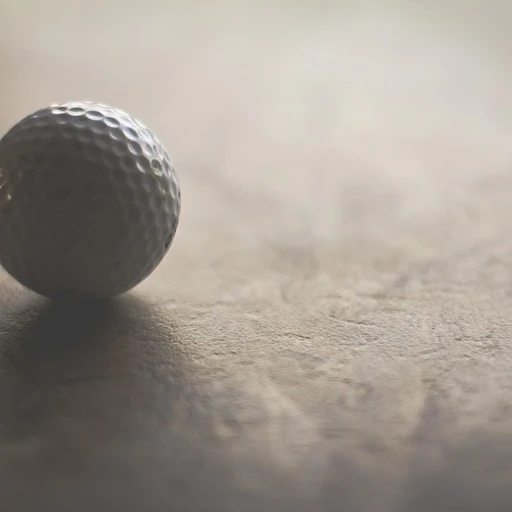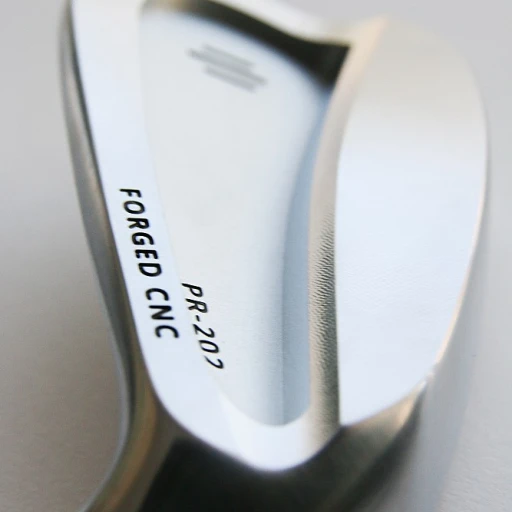
Understanding the Importance of Grass Types
The Role of Grass in Golf Course Design
When it comes to luxury golf courses, the type of grass used is more than just a matter of aesthetics. The choice of grass can significantly impact the playability and maintenance of the course. Different grass types offer varying levels of durability, texture, and color, all of which contribute to the overall golfing experience. For instance, bentgrass is often favored for its smooth texture, making it ideal for putting greens. Meanwhile, bermuda grass is a popular choice in warmer climates due to its resilience and ability to thrive in high temperatures.
Impact on Playability and Aesthetics
The selection of grass affects not only the visual appeal but also the playability of the course. Creeping bentgrass and perennial ryegrass are known for their lush appearance and ability to withstand frequent foot traffic, making them suitable for high-end courses. On the other hand, poa annua and kentucky bluegrass are often chosen for their adaptability and lush green hue, which can enhance the visual allure of a course.
Linking Grass Types to Course Identity
Choosing the right grass type is crucial for defining the identity of a golf course. Each type of grass brings its own set of characteristics that can influence the course's reputation and player satisfaction. For those interested in exploring unique course designs, the unique allure of a gravel pit golf course offers an intriguing perspective on how unconventional elements can be integrated with traditional grass choices to create a distinctive golfing experience.
Common Grass Types on Golf Courses
Exploring the Diversity of Golf Course Grasses
When stepping onto a golf course, the lush green expanse beneath your feet is more than just a pretty sight. The type of grass used on a golf course plays a crucial role in the overall experience, affecting everything from the speed of the greens to the resilience of the fairways. Understanding the common grass types used on golf courses can enhance your appreciation of the game and the meticulous care that goes into maintaining these verdant landscapes.
Bermuda Grass: The Warm Season Favorite
Bermuda grass is a popular choice for golf courses in warmer climates. Known for its durability and ability to thrive in high temperatures, this warm season grass is often found in southern regions. Its dense, resilient turf makes it ideal for fairways and tees, providing a firm surface that golfers appreciate. However, it does require regular maintenance to keep it in top condition.
Bentgrass: The Choice for Putting Greens
Bentgrass, particularly creeping bentgrass, is favored for putting greens due to its fine texture and ability to be mowed to a very short height. This cool season grass thrives in cooler climates and offers a smooth, fast surface that enhances the putting experience. Its adaptability to different mowing heights makes it a versatile choice for greenskeepers aiming for precision.
Fescue: The Versatile Option
Fescue grasses are often used in roughs and out-of-play areas on golf courses. They are hardy and can withstand a variety of conditions, making them a versatile option for many courses. Fescue is also known for its low maintenance requirements, which can be a significant advantage for courses looking to balance aesthetics with practicality.
Poa Annua: The Unwanted Intruder
Poa annua, or annual bluegrass, is often considered a weed on golf courses. Despite its reputation, it can sometimes be found on greens due to its ability to establish quickly. However, its inconsistent growth patterns and tendency to produce seed heads can disrupt the smoothness of putting surfaces, making it a challenge for greenskeepers.
For a deeper dive into the nuances of golf course grass types, you might find it interesting to explore the map of St Andrews Golf Course in Scotland, where the choice of grass plays a pivotal role in its legendary status.
Grass Types and Climate Considerations
Adapting Grass to Climate
When choosing the perfect type of grass for a golf course, climate considerations are crucial. Understanding how different grasses respond to various weather conditions can significantly impact both the playability and maintenance of the course. Warm-season grasses such as bermuda grass thrive in hot, sunny locales, making them ideal for golf venues in regions with extended warm periods.
Conversely, cool-season grasses like kentucky bluegrass and perennial ryegrass flourish in areas with cooler climates. These types often exhibit excellent recovery and durability even in colder temperatures, making them ideal for courses in cool regions. Selecting the correct grass type is vital to ensure that the greens are resilient throughout the changing seasons.
Moreover, some courses may incorporate a blend of grasses to accommodate seasonal transitions. For example, a facility may pair creeping bentgrass for its immaculate putting greens during peak play seasons with fescue for rough areas due to its low maintenance requirements. Such combinations provide flexibility, allowing courses to maintain high turf quality year-round.
Climate also influences factors such as water needs and pest resistance. For luxury golf courses, ensuring that the chosen turf grass aligns with the regional environment enhances overall course aesthetics and performance. For more insights on how different climates influence golf course grass selection and maintenance, explore our post on the abundance of golf courses in Florida.
Maintenance Challenges for Luxury Courses
The Challenge of Maintaining Ultra-Luxe Greens
For luxury golf courses, maintaining pristine greens isn't just a matter of aesthetics; it's about providing an exceptional playing surface for discerning golfers. The commitment to maintaining these greens requires an intricate understanding of both the various grass types and the climate they thrive in. Bentgrass, known for its fine texture and superior putting surface, is a choice favorite for cooler climates. However, its demands in terms of maintenance can be quite intense. Ensuring consistent conditions for bentgrass means managing water needs, especially during the summer months. On the other hand, Bermuda grass thrives in warm climates and requires periodic overseeding with perennial ryegrass to maintain a lush appearance during cooler seasons. This ongoing process adds complexity to the ongoing care for a high-end course.Balancing Aesthetics and Playability
Luxury courses often juggle between aesthetics and playability, striving to offer not just the best-looking turf, but also the most functional. Utilizing creeping bentgrass on greens can ensure a smooth roll for putting, but demands regular cutting and careful monitoring of moisture levels to avoid disease. Fescue and poa annua grasses might be considered for their ability to withstand different weather patterns, ensuring perennial beauty. Yet, these types demand a meticulous approach to lawn care, resonating well with the expectations of luxury golf enthusiasts who play year-round.Tools and Techniques
Adopting state-of-the-art turf grass management techniques can give luxury courses the edge they seek in performance and attractiveness. From precise watering systems to innovative fertilization processes, each tool and technique contributes towards crafting a dream-like golfing environment. However, this meticulous care also means higher maintenance costs, which can be justified by the elevated golfing experience offered. Indeed, the demands of a luxury course grass require not only deep pockets but also passionate dedication to the game's finer details.Innovations in Grass Technology
Emerging Trends in Golf Course Grass
In the world of luxury golf courses, keeping ahead of the curve with emerging trends in grass technology is crucial. As the desire for perfectly manicured greens intensifies, so does the need for advanced solutions to address various climatic and maintenance challenges.
Golf courses, whether they challenge the precision of putting greens or enhance the lushness of the lawn, need grass types that not only thrive in specific climates but also maintain their aesthetic and playability. Perfecting this balance demands an evolving approach.
One of the exciting advancements has been in the development of hybrid grasses, which aim to combine the best attributes of different species. For instance, creeping bentgrass is often praised for its fine texture and uniformity, making it ideal for putting greens, while bermuda grass offers excellent resilience in warm season conditions. The integration of these grasses can lead to a more versatile turf that withstands diverse weather patterns.
The use of perennial varieties such as perennial ryegrass and kentucky bluegrass, known for their lush and resilient qualities, is increasingly being augmented by biotechnological enhancements. These enhancements aim at increasing disease resistance and reducing water dependency, aligning with sustainable practices.
Monitoring technology is also revolutionizing the way luxury courses manage their turf. Sophisticated sensors that track moisture levels, soil composition, and turf health ensure precise maintenance of the golf course greens and fairways, ultimately enhancing the golfing experience.
Finally, the management of types like poa annua, often considered a tough grass type to control, has benefited from advances in herbicidal treatments and cultivation practices. These treatments are designed to manage its growth sustainably, maintaining the delicate balance of the golfing ecosystem.
In corporate golf settings and exclusive country clubs alike, meeting the demands of elite golfers through cutting-edge grass technology is more than a necessity—it's a defining factor in maintaining competitive edge and luxury ambiance.
Choosing the Right Grass for Your Course
Evaluating the Perfect Grass for Your Course
Choosing the best grass for your golf course is a crucial decision that affects not only the playability but also the visual appeal and maintenance requirements. Here are some factors and grass types that are often considered to provide an outstanding golfing experience:- Climate Compatibility: Selecting a grass type that aligns with the climate of your course location is fundamental. Bermuda grass thrives in warm-season areas, offering durability and lush greens. Meanwhile, in cooler climates, cool-season grasses such as Kentucky bluegrass and perennial ryegrass may be more suitable.
- Playability Needs: The choice of grass should support the design and intended play style of the course. Bentgrass, for instance, is highly prized for its ability to create smooth and fast putting greens, making it a popular choice for luxury golf courses aiming for impeccable turf quality.
- Maintenance Demands: Understand the maintenance regimen required for each type of grass. Some, like fescue, are low-maintenance and tolerated in rough areas; others, such as poa annua, may require more nuanced care.
- Durability and Resilience: Consider how well each grass type handles foot traffic and competition from weeds. Creeping bentgrass, for example, provides excellent tolerance to wear and tear, maintaining its pristine condition even with heavy use.
- Aesthetic Value: The grass selected should blend with the natural beauty surrounding the course. A well-chosen turf enhances visual appeal, making a luxury course a destination in itself.













